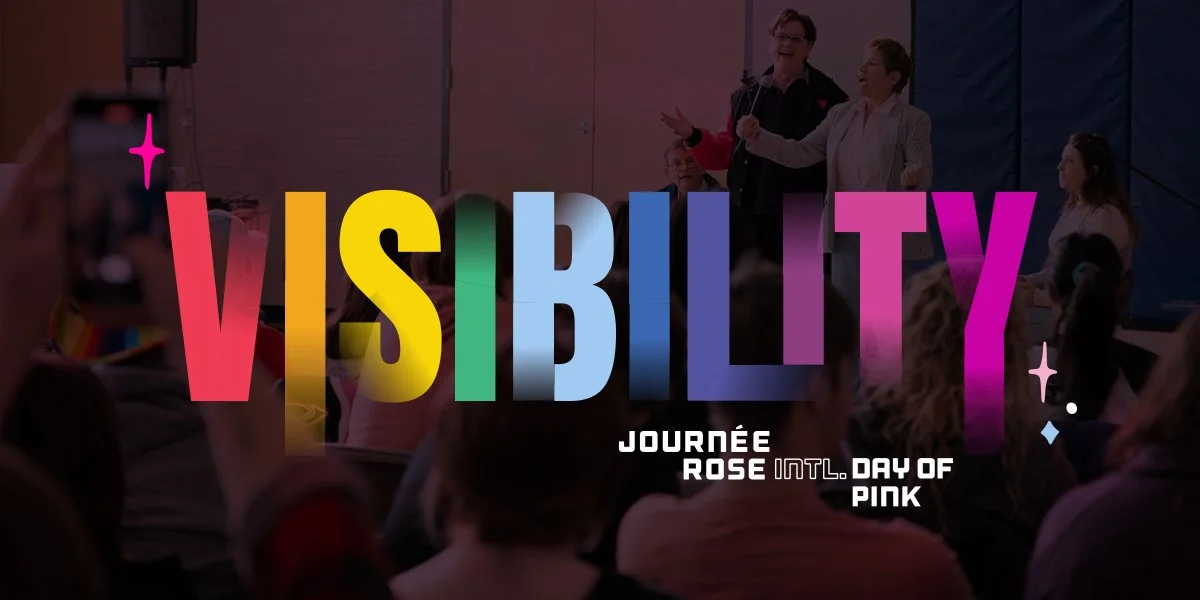Celebrating the 50th Anniversary of the Depathologization of Homosexuality
Curriculum Tool: Celebrating the 50th Anniversary of the Depathologization of Homosexuality
Grade Level: High School (Grades 9-12)
Subject Areas: Social Studies, History, Gender Studies, Civics, Psychology, Health Education
Learning Goals:
Understand the historical context and significance of the depathologization of homosexuality by the American Psychiatric Association (APA) in 1973.
Explore the impact of medical classification on LGBTQ+ rights, visibility, and access to healthcare.
Analyze the long-term political, legal, and social consequences of depathologizing homosexuality.
Foster a deeper understanding of the intersection of science, healthcare, and human rights.
Essential Questions:
Why was the removal of homosexuality from the DSM in 1973 a significant moment in LGBTQ+ history?
How did the classification of homosexuality as a mental illness affect the lives and rights of LGBTQ+ people before its removal?
What role do scientific institutions and manuals, such as the DSM, play in shaping societal attitudes toward marginalized communities?
How has the depathologization of homosexuality contributed to the broader fight for LGBTQ+ rights and visibility?
Lesson Plan Overview:
Lesson 1: Homosexuality in the DSM – A Historical Perspective
Objective: Students will learn about the DSM (Diagnostic and Statistical Manual of Mental Disorders), the history of the classification of homosexuality as a mental illness, and the decision to depathologize it in 1973.
Activities:
Introduction (10 mins): Begin with an overview of the DSM, its purpose, and its global impact on mental health diagnoses. Explain how, before 1973, homosexuality was classified as a mental disorder.
Primary Source Exploration (20 mins): Provide students with excerpts from the DSM-II (1968), where homosexuality was listed as a mental disorder, and the APA’s 1973 statement on its removal. Discuss the language used in both documents. Ask students: How does the change in language reflect changing social attitudes?
Timeline Activity (20 mins): Create a class timeline of LGBTQ+ milestones, starting with the Stonewall Riots (1969) and leading up to key events like the removal of homosexuality from the DSM (1973), Canada’s acknowledgment in 1974, and the WHO’s change in 1991.
Homework/Extension:
Reflection Prompt: Write a short essay on why medical classifications, like the DSM, are so influential. How does the way healthcare defines "normal" or "abnormal" affect marginalized groups?
Resources:
Excerpts from the DSM-II (1968) and APA’s 1973 announcement.
A timeline of LGBTQ+ rights milestones.
Lesson 2: From "Mental Illness" to Human Rights – The Social Impact of Depathologization
Objective: Students will explore the social, legal, and healthcare impacts of the depathologization of homosexuality, and how this change has affected LGBTQ+ rights.
Activities:
Class Discussion (10 mins): Introduce the concept of "pathologization." Ask students to define what it means when a condition or identity is classified as a mental illness. How might this classification impact someone's life?
Case Study Analysis (30 mins): Divide students into small groups to analyze different case studies of how LGBTQ+ people were affected by the classification of homosexuality as a mental disorder. For example:
Case 1: Parents losing custody of their children due to their sexual orientation.
Case 2: LGBTQ+ individuals being subjected to conversion therapy or institutionalization.
Case 3: The effect on access to general healthcare for openly gay individuals.
Groups should present their findings to the class, focusing on how the depathologization of homosexuality impacted these scenarios.
Class Discussion (10 mins): Discuss the connection between depathologization and the political and legal strides made by the LGBTQ+ community. How did removing homosexuality from the DSM make it easier to advocate for rights?
Homework/Extension:
Research Task: Students will research the history of conversion therapy and write a short report on how depathologizing homosexuality contributed to the fight against this harmful practice.
Resources:
Case studies or fictionalized accounts based on real historical events.
Articles on the history of LGBTQ+ rights and healthcare access.
Lesson 3: The Role of Science in Social Movements
Objective: Students will examine how scientific and medical authorities shape social movements, focusing on the relationship between the DSM and the LGBTQ+ rights movement.
Activities:
Introductory Lecture (15 mins): Discuss how scientific and medical institutions, like the APA and the World Health Organization (WHO), have historically shaped public opinion and government policies. Use examples such as the DSM’s influence on LGBTQ+ rights and the role of psychiatry in legitimizing certain social norms.
Debate Activity (25 mins): Split the class into two groups. One side will argue that the depathologization of homosexuality was driven by social activism, while the other side will argue that medical science led the change. Encourage students to use evidence from readings and class discussions.
Reflection Activity (10 mins): Ask students to reflect on the following prompt: “How do scientific classifications reflect or reinforce societal values? What happens when those values change?”
Homework/Extension:
Writing Assignment: Research a current issue where medical science intersects with human rights (e.g., the classification of gender dysphoria, debates around neurodiversity, or access to abortion). Write an essay on how scientific classifications influence social movements today.
Resources:
Articles on the history of the APA, the DSM, and LGBTQ+ rights movements.
Debate preparation materials.
Lesson 4: Canada’s Role in Depathologizing Homosexuality
Objective: Students will explore the Canadian context of the depathologization of homosexuality and how it shaped LGBTQ+ rights in Canada.
Activities:
Lecture/Video Clip (15 mins): Show a video or provide a lecture on the history of LGBTQ+ rights in Canada, focusing on the Canadian government’s 1974 acknowledgment that homosexuality was not a mental illness. Discuss how the Canadian response paralleled or diverged from the U.S. experience.
Group Research Project (25 mins): Divide students into groups to research key moments in Canadian LGBTQ+ history, such as:
The decriminalization of homosexuality in 1969.
The inclusion of sexual orientation in the Canadian Human Rights Act (1996).
The first Transgender Pride Flag raising in 2019.
Groups should create a poster or PowerPoint summarizing their event and present it to the class.
Class Discussion (10 mins): What challenges did LGBTQ+ individuals continue to face in Canada after the 1973 depathologization? How has Canada’s approach to LGBTQ+ rights evolved since?
Homework/Extension:
Reflection Prompt: Write about how depathologizing homosexuality might have affected you if you were LGBTQ+ in 1974. How would this change your daily life, your relationships, or your opportunities?
Resources:
Articles on Canada’s LGBTQ+ rights history.
Videos or documentaries on Canadian LGBTQ+ activism, such as clips from "The Fruit Machine" (2018) or "OUT" (2014).
Additional Resources:
Books:
“The DSM and the Making of Modern Psychiatry” by Allan V. Horwitz (provides historical context for the DSM).
“The Gay Revolution: The Story of the Struggle” by Lillian Faderman (explores the history of LGBTQ+ rights).
Websites:
American Psychiatric Association – LGBTQ+ History and Depathologization.
The Canadian Encyclopedia – LGBTQ+ Rights in Canada.
World Health Organization – Gender and Health.
Films/Documentaries:
“The Fruit Machine” (2018) – A documentary on the persecution of LGBTQ+ people in the Canadian civil service and military.
“OUT: Stories of Lesbian and Gay Liberation” (2014) – A documentary chronicling LGBTQ+ activism in Canada.
Assessment:
Participation in class discussions, group activities, and debates.
Written essays and research reports on the impact of depathologizing homosexuality.
Group presentations on LGBTQ+ rights milestones in Canada and globally.
Final reflection on how scientific institutions influence human rights and social movements.
This curriculum tool provides students with an understanding of the significance of the depathologization of homosexuality as a milestone in the LGBTQ+ rights movement. Through discussions, primary source analysis, debates, and creative activities, students will explore the role of scientific classification in shaping societal norms, human rights, and visibility for marginalized groups.


